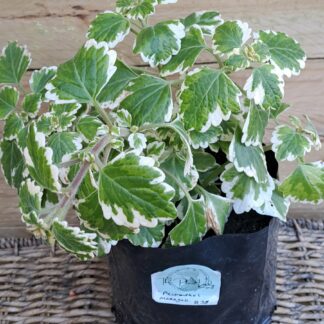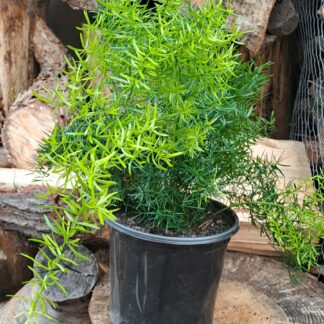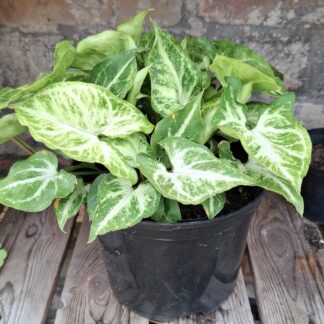Description
Snake Plant (Sansevieria trifasciata) Growing Conditions
Description:
The Snake Plant, also known as Mother-in-Law’s Tongue or Sansevieria, is a resilient and low-maintenance houseplant celebrated for its upright, sword-like leaves that feature striking green and yellow variegation. This plant is a popular choice for both beginners and seasoned gardeners due to its ability to thrive in a variety of conditions. Not only does it add a touch of greenery to your indoor space, but it also purifies the air by filtering out toxins.
Light:
Snake plants are highly adaptable and can tolerate a wide range of light conditions. They prefer bright, indirect light but can also thrive in low-light areas. However, avoid direct sunlight as it can scorch the leaves.
Soil:
A well-draining potting mix is essential for Snake Plants. A cactus or succulent mix works well, or you can create your own by mixing regular potting soil with sand or perlite to enhance drainage.
Watering:
This plant is drought-tolerant and prefers to dry out between waterings. Water thoroughly, then allow the soil to dry completely before watering again. Overwatering can lead to root rot, so it’s better to err on the side of underwatering.
Temperature and Humidity:
Snake plants thrive in average household temperatures between 18°C to 27°C (65°F to 80°F). They can tolerate a range of humidity levels but prefer a drier environment. Avoid placing them in cold drafts or temperatures below 10°C (50°F).
Feeding:
Feed your Snake Plant with a balanced, diluted houseplant fertilizer once a month during the growing season (spring and summer). Reduce feeding during the fall and winter when the plant’s growth slows.
Pruning:
Pruning is generally not necessary for Snake Plants, but you can trim away any damaged or dead leaves at the base. If the plant becomes too large, it can be divided and repotted.
Pests and Diseases:
Snake Plants are resistant to most pests but can occasionally attract mealybugs or spider mites. If pests are detected, treat the plant with insecticidal soap or neem oil. Root rot can occur if the plant is overwatered, so ensure proper drainage.
Uses:
Snake Plants are versatile and can be used as floor plants, in tabletop arrangements, or as a statement piece in any room. Their architectural form makes them perfect for modern or minimalist decor. They are also well-suited for offices and spaces where other plants might struggle due to low light.







